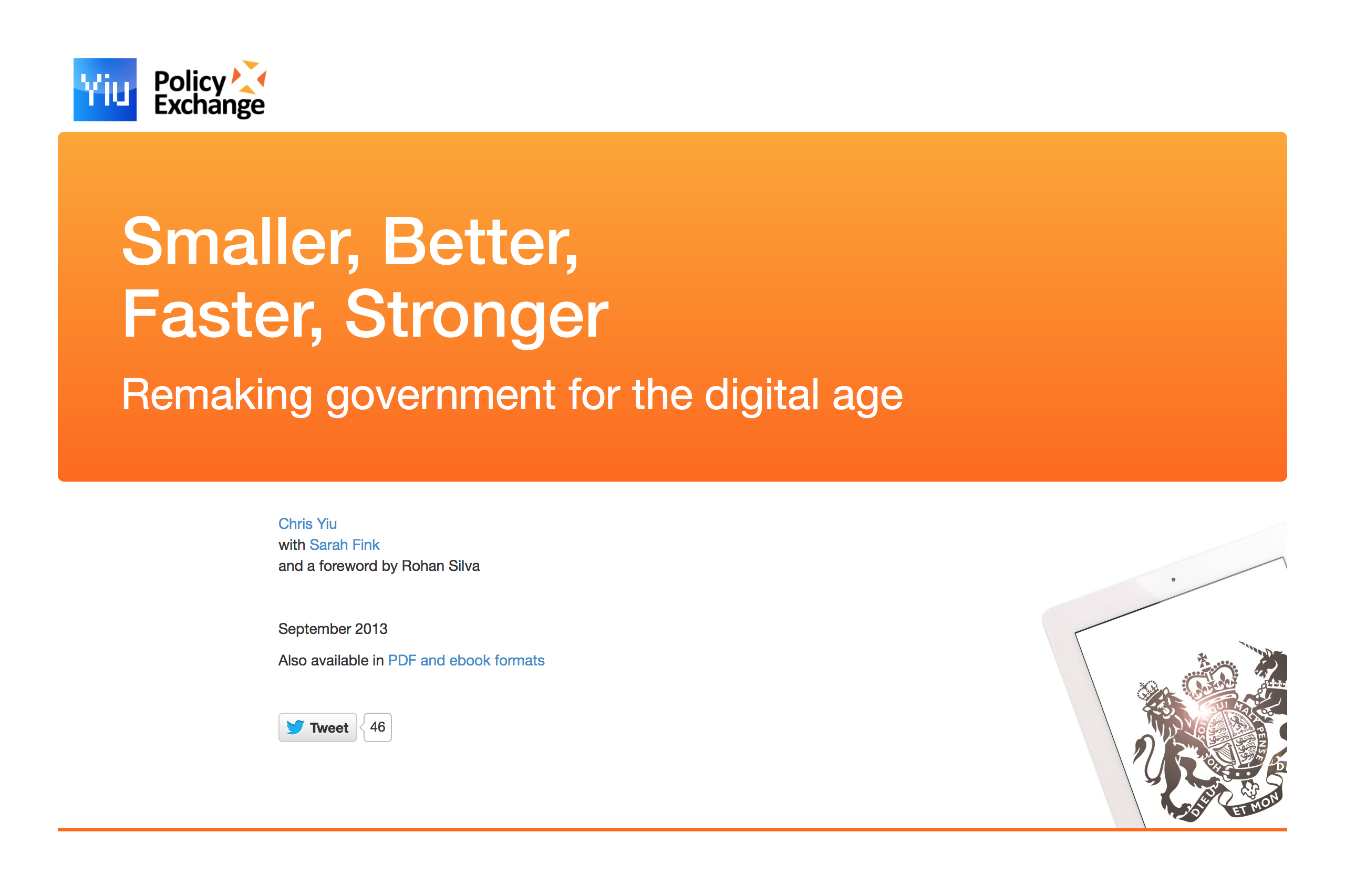A better way to publish your report
Don't come any closer with that PDF. Didn't anyone tell you about the web?
23 May 2014

One of the biggest frustrations of working in a think tank is the mechanics of actually getting a report published. The typical workflow goes something like this:
- Open Microsoft Word.
- Spend half your life dealing with version control, messing about with formatting and pasting URLs into footnotes.
- Eventually send copy off to be typeset.
- Wait.
- Receive typeset copy, including a generous helping of errors introduced by your designers.
- Mark up corrections on paper, scan and send back.
- Wait.
- Repeat steps 5-7.
- Eventually sign off final copy.
- Receive chunky PDF and upload it to your website.
This is clearly crazy, for at least three reasons:
- The whole process is geared for print, but the vast majority of people will read your work online.
- It’s a woefully inefficient use of your time.
- It costs a small fortune.
And for the people reading online, your horrible PDF is difficult to work with (and for some an accessibility nightmare), terrible for search engine discovery, and almost certainly impossible to read on a smartphone.
One shining example of a better approach comes from the good folk at the Government Digital Service. The Government Digital Strategy was written for the web first, and although the publication itself has now moved to GOV.UK, the source code for the original version is still available.
Back in the real world, reusing the GDS codebase is a lovely idea in principle but can be a difficult learning curve, particularly for smaller organisations. We did our best with the initial web edition of Smaller, Better, Faster, Stronger, but it was pretty hacky under the hood.
Today, after a slightly longer hiatus than originally planned, I’m happy to report that I have finally remastered the report using the latest and greatest web frameworks, documented it properly and pushed the source code to GitHub.
Yes, I know this is still a linear product with a lot of text. But if you start with your source material in a simple, web-first format then you at least stand a fighting chance of building up to a great, ground breaking digital publication.
So if you’re ready to make the leap to writing for the web first, I hope this toolkit will help you get started. It’s pretty streamlined and should be easy to figure out, but if you need help give me a shout. Good luck!